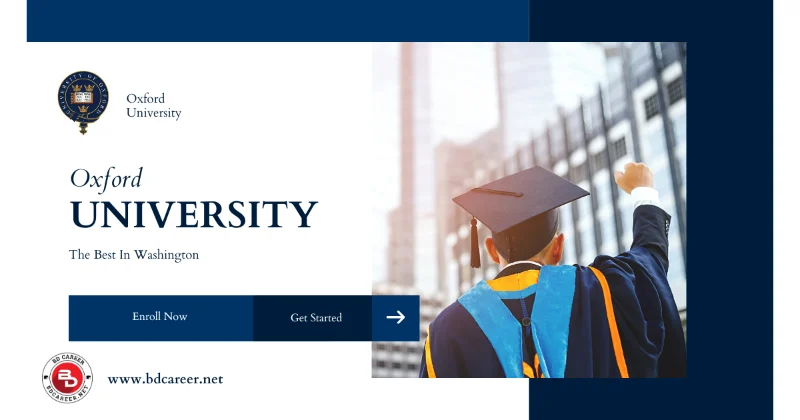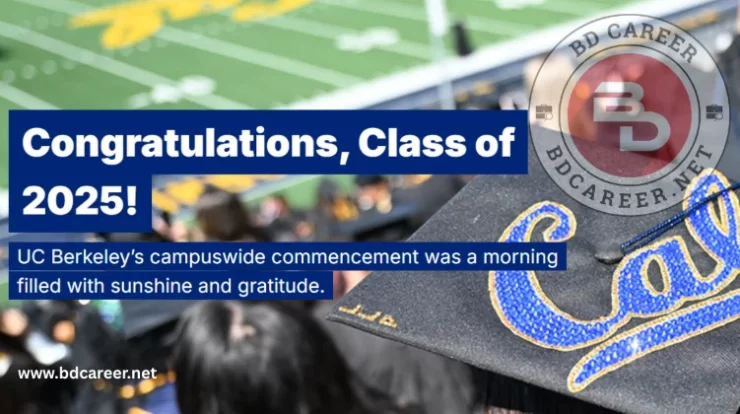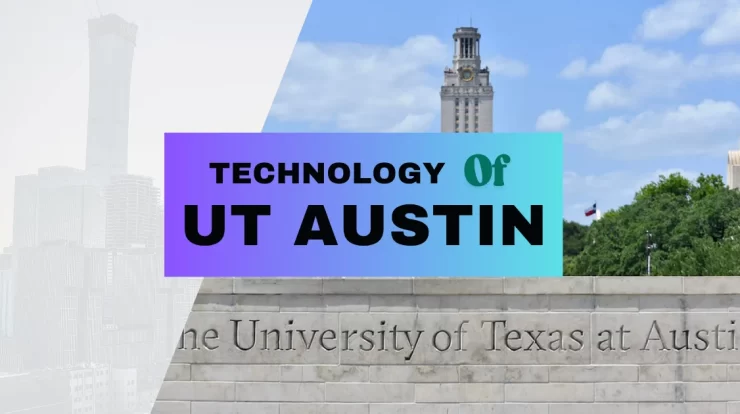
Long praised for its academic rigidity and centuries-old customs, the University of Oxford leads the way in an interesting transformation where modern digital technology meets ageless knowledge. Oxford has been a leader in including digital innovation into its cultural and academic fabric as institutions all around struggle with how to upgrade their courses without compromising legacy.
The nexus of technology and legacy is being reshaped by Oxford’s digital arts projects, as this paper investigates. These initiatives show not just the university’s capability for creativity but also its ability to protect the integrity of its cultural past while making it interesting and accessible for an audience from the twenty-first century.
Contents
- The Cultural Foundation of Oxford
- Rise of Digital Arts at Oxford
- Innovative Programs and Collaborations
- Student and Faculty Impact
- Challenges and Ethical Considerations
- Looking Ahead: The Future of Digital Arts at Oxford
- Faculty-Led Research in Digital Creativity
- Curriculum Innovation
- Oxford’s Digital Archive Projects
- Conclusion
The Cultural Foundation of Oxford
Oxford’s reputation is built upon centuries of excellence in the humanities. From its medieval manuscripts and historic libraries to its literary societies and philosophical legacies, the university has always stood as a bastion of culture and intellectual tradition.
Its colleges, cloisters, and lecture halls have produced thinkers who shaped the world poets, classicists, philosophers, and historians. Yet, even amid this storied past, Oxford has recognized that culture is not static. The preservation of tradition requires engagement with the present, and increasingly, the digital space is where culture is being created and consumed.

Rise of Digital Arts at Oxford
Particularly in the humanities and arts, Oxford has deliberately and strategically shifted recently towards digital innovation. Establishing the “Digital Humanities Lab” was a historic event gathering academics, artists, and technologists under one roof to rethink the opportunities of creative scholarship.
With initiatives meant to combine digital tools such as 3d modelling, artificial intelligence, and immersive media such as 3d modelling, artificial intelligence, and immersive media into conventional artistic and academic domains, this initiative has spurred a boom in multidisciplinary research and development.
Concurrently, the university has made significant infrastructure expenditures in modern media labs, enlarged computing capacity, and archives under digital restoration. Oxford’s method of combining technology with history is built upon all of this.
Innovative Programs and Collaborations
One of the most remarkable aspects of Oxford’s digital arts strategy is the variety and creativity of its programs.
Interactive Storytelling through VR
One of the most outstanding initiatives in the Faculty of English Literature lets students into the realm of medieval writings virtually in actuality. Participants in this course wear VR headsets to see rebuilt environments from Chaucer’s “Canterbury Tales” or Shakespeare’s “Globe Theatre,” therefore offering an immersive awareness of historical context.
Working with the School of Computer Science and the Department of History of Art, students are using machine learning models to assist repair fading paintings and manuscripts. Training algorithms on thousands of high-resolution photos allows academics to suggest reconstructions guiding actual conservation initiatives.
Digital Filmmaking and Classical Drama
Under a cooperative project between the Oxford Film School and the Classics department, students are encouraged to reinterpret classic texts as brief digital films. Combining current narrative techniques with ancient drama has produced many award-winning student films shown at international film festivals and academic conferences.
External Cooperation
Partnerships with organisations including the British Museum, Google Arts & Culture, and other European universities support these initiatives. By means of these joint projects, students acquire access to modern tools, worldwide archives, and cross-cultural learning opportunities.

Student and Faculty Impact
For students, these digital initiatives represent a new paradigm in learning, one that values creativity and technical literacy as much as textual analysis or theoretical knowledge. Undergraduate and graduate researchers alike are producing digital exhibits, creating apps for archival access, and publishing multimedia theses that incorporate video, sound design, and interactive visuals.
“It’s not just about adding tech to the arts,” says Dr. Lila Menon, a senior lecturer in Digital Humanities. “It’s about expanding the language of expression. Our students are no longer limited to writing essays. They’re composing with pixels, data, and sound.”
Faculty members also benefit. Scholars who once worked exclusively in analogue environments are now collaborating across disciplines, co-authoring papers with engineers, and engaging in public scholarship through podcasts, virtual lectures, and open-access digital archives.
Challenges and Ethical Considerations
As with any innovative venture, Oxford’s digital arts initiatives face critical questions and challenges.
Authenticity vs. Innovation
One of the primary concerns is ensuring that digital recreations do not compromise the authenticity or nuance of original works. VR simulations and AI reconstructions must be grounded in rigorous scholarship to avoid misrepresentation.
Intellectual Property and Access
Who owns a digitised manuscript? How can content be made accessible without violating copyrights or cultural sensitivities? These are ongoing debates that the university addresses through workshops and policy development.
The Role of AI in Creativity
There is also skepticism about the growing reliance on AI in creative processes. While these tools can generate visual art or music, some argue they may dilute human authorship and aesthetic judgment. Oxford’s programs emphasise responsible use, positioning AI as an assistant rather than a replacement.
Looking Ahead: The Future of Digital Arts at Oxford
The future is bright and ever more digital. A Global Digital Arts Symposium scheduled in Oxford next year will gather academics, artists, and technologists from all around the world. Aimed at helping student-led businesses and artistic endeavours utilising developing technology, the institution is also starting a Digital Creativity Incubator.
Other upcoming projects include:
- A digital museum of endangered world languages, with interactive audio and video content.
- An AI-driven platform to personalise learning paths in the arts.
- Expansion of remote-access resources for global learners.
As these programs grow, Oxford is not only enhancing its own cultural and academic ecosystem but also offering a model for other institutions navigating the digital age.
Faculty-Led Research in Digital Creativity
Oxford’s faculty is deeply engaged in pushing the boundaries of creative technology. Research projects range from AI-generated poetry to digitally reconstructed ancient performances. One interdisciplinary team is developing a neural storytelling model that adapts narratives based on audience emotional response in real-time. These efforts attract global attention and funding, reinforcing Oxford as a hub for experimental digital scholarship.

Curriculum Innovation
Recognising the need for future-facing education, Oxford has launched several forward-thinking academic offerings:
- BA in Digital Arts & Heritage – combines historical studies with digital media practice.
- MA in Computational Creativity – explores machine learning in visual art, music, and literature.
- Certificate in Cultural Tech Design – focuses on designing immersive cultural experiences using AR/VR.
These programs encourage students to combine critical thinking with hands-on innovation.
Oxford’s Digital Archive Projects
A cornerstone of Oxford’s digital arts mission is the preservation and democratisation of knowledge. Through projects like Oxford Open Archives, students and researchers digitise rare manuscripts, sculptures, and historical documents. These resources are available worldwide via interactive platforms, annotated maps, and 3d object scans, bridging history with accessibility.
Conclusion
The University of Oxford is at a unique junction where the brilliant glow of computer screens meets the ink-stained pages of old manuscripts. Oxford has embraced creativity to preserve and reimagine its legacy rather than opposing change.
Its digital arts projects show how technology may be a great friend rather than a threat to culture. Oxford is building a future where creativity, scholarship, and digital fluency coexist and where the next generation of thinkers will be just as comfortable programming code as they are creating sonnets in mixing the old with the new. Oxford provides an inspirational pattern for colleges all around as the barriers between technology and the arts continue to blur: a place where culture develops, lives, and is shared more broadly than ever before.





